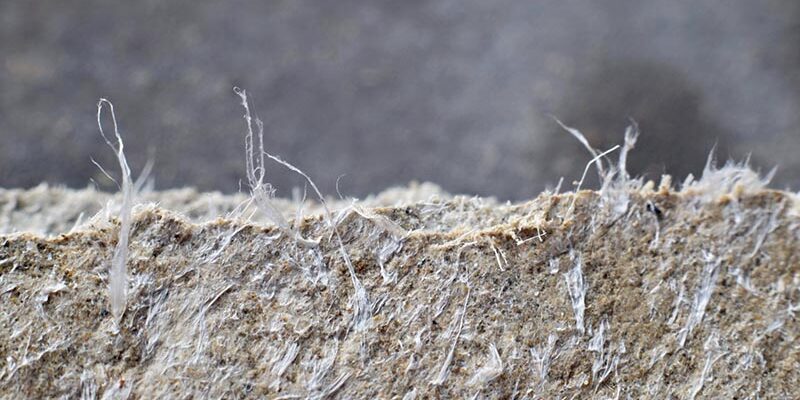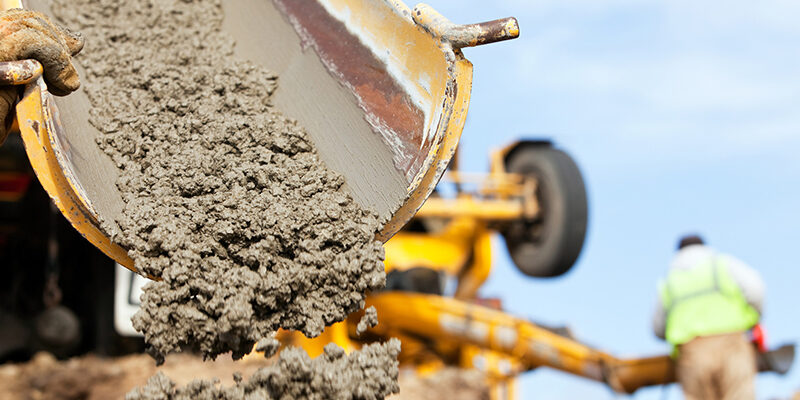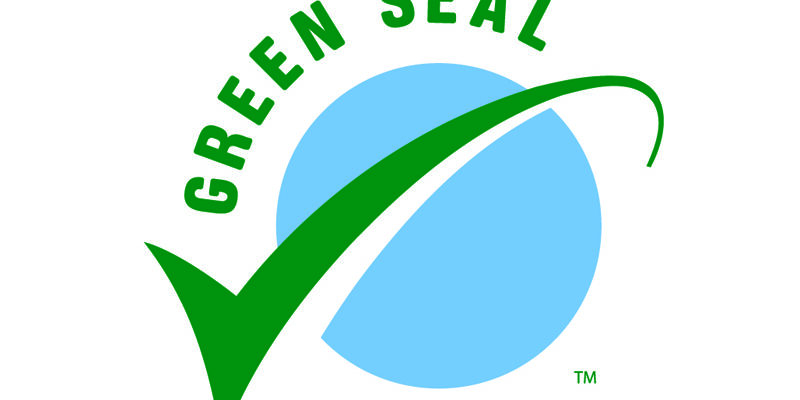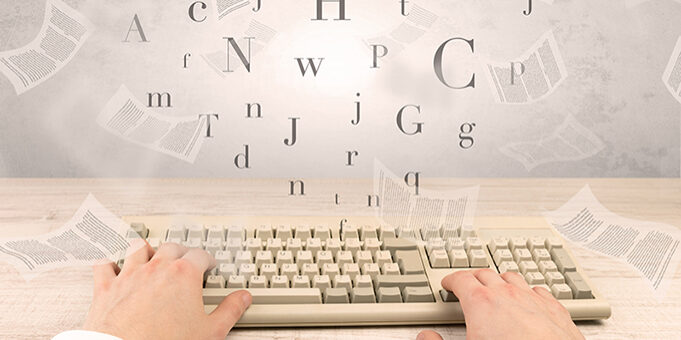The Color Meter App Dilemma
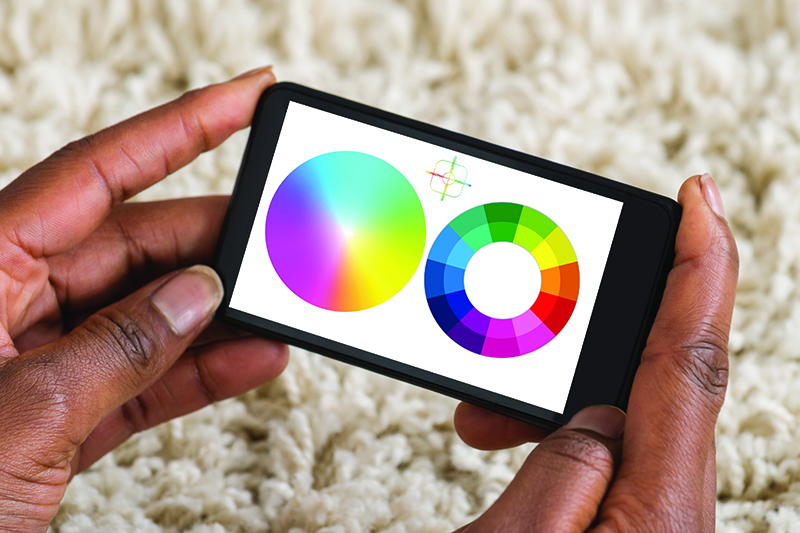
By James B. Smith
To be a successful spot dyer has always required an innate ability to see and understand dyes. Unfortunately, most of us didn’t get that gift. That has changed now that the modern color repair expert can use science instead. So, artistic ability is not required for this discussion of technology-based color repair, but if you are an artist, you are still welcome.
Color repair technology
The science of color repair is all about meters. Have you noticed that meters are not commonly taught in cleaning? One excuse I hear for why they are not is that cleaners who use meters might end up depending on them too much only to find the batteries dead one day. What will you do then? Try that argument on restoration specialists who depend on moisture meters each day. I wonder how successful their work would be if meters had never been introduced.
There are three kinds of meters that make stain removal and color repair a science. They are ORP (for measuring REDOX), pH (for determining potential causes of color loss), and color (finding the correct color match).
Color meters have been cost-prohibitive in the past, but smartphones have access to color meter apps that are very affordable. However, most color meters are based upon photography’s use of red, green, and blue; whereas, dyes are based upon the RYB theory. Thus, color meter app selection is lacking.
Color theory refresher
You may recall the RYB (red, yellow, and blue) theory from kindergarten. If you ever had a watercolor set, you probably noticed that, when you mix blue and yellow together, they make green.
However, you probably also noticed that method does not work the same with crayons. With crayons, you have to mix a pale blue called cyan with yellow to make green. But, when you mix cyan and magenta together, they make blue. Kindergarten taught you that blue is a primary color that cannot be made of other colors! Magenta is near red, but when blue and red are mixed together with watercolors, they make violet, not blue. So, color mixing gets more confusing.
Then came the RGB (red, green, and blue) theory of projectors and televisions. This is the applicable theory for light and is classified as an additive theory. In this strange theory that flies in the face of everything we were taught in kindergarten, red and green make yellow! There is no black in this theory unless you turn off the lights.
It has not been that many years since science discovered that the secondary colors of RGB were cyan, magenta, and yellow (CMYK). These colors are the reciprocals for RGB colors. (The “k” in this theory stands for black because, as with RGB theory, black does not exist.)
The problem with color apps
If you do color repair and have worked with a color meter app for smartphones, you may have had problems understanding the information. Part of the problem with many color apps is they depend upon the wrong color theory. Therefore, when you use an app for color repair, you will often have some real problems with these theories.
Dyes are inherently locked into using the RYB theory of color. However, you likely have not been able to find an RYB app, or, if you did have one, it did not make much sense. The problem is most degreed mathematicians can write an algorithm that converts RGB to CMYK. (Try Googling it; they are not that hard to find.) However, RYB has colors that cannot be found in either of the other two theories and vice versa. For instance, cyan does not exist in RYB and black does not exist in the other two.
Herein lies the problem. The data collected by a phone color meter app is coming from the sensor for the camera. That sensor can only see in red, green, and blue. Some apps in the past have not understood that, in converting an additive theory into a subtractive one, the values should be going up for dyes when they are going down for light and vice versa. Also, black exists in RYB. You do not see a value for it because it is made of the other three colors combined in high amounts.
Mathematics is a wonderful science. Through it we understand the mysteries of the universe and how to correlate two theories that do not share the same space. Therefore, when spot dyeing, you need to go back and look again for an app that does a proper conversion to RYB. They do exist.
The other thing you need to do is get training by someone who knows and understands the real science of color and stain removal. The difference will be like a modern restoration company competing against someone from the 80s. I think we know who is going to win that contest.
James “Jim” B. Smith is an IICRC-approved instructor, a senior practicing inspector, and part of the IICRC S100 cleaning standard voting consensus. He holds degrees from Texas A&M University and the University of Houston. Smith has been in the cleaning industry since 1975. For more information, visit his website at www.carpetinspector.com/jbs, call (972) 334-0533, or email [email protected].


